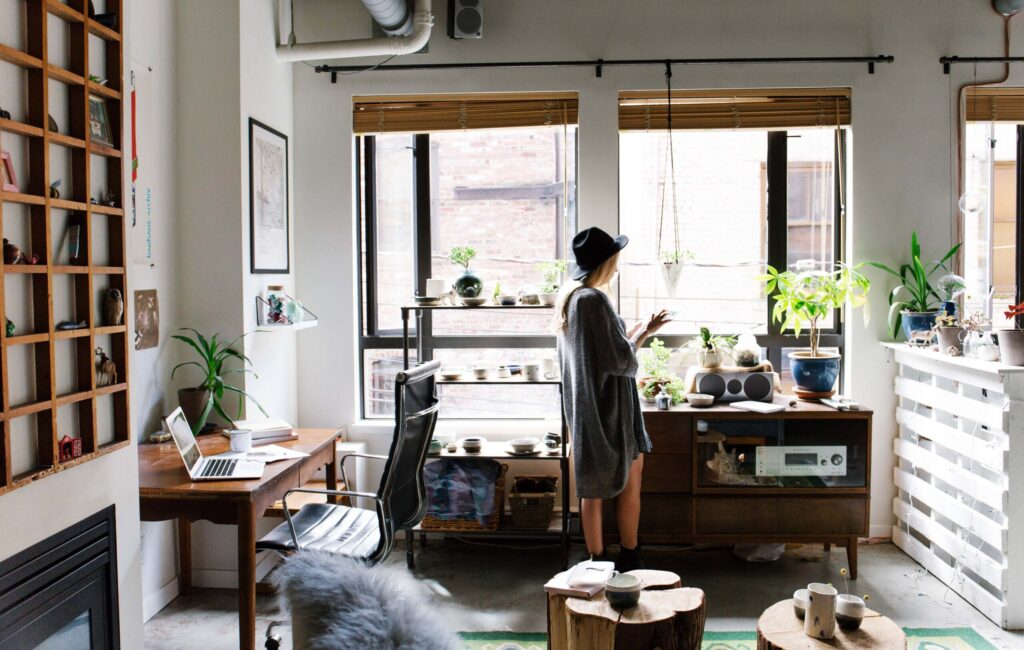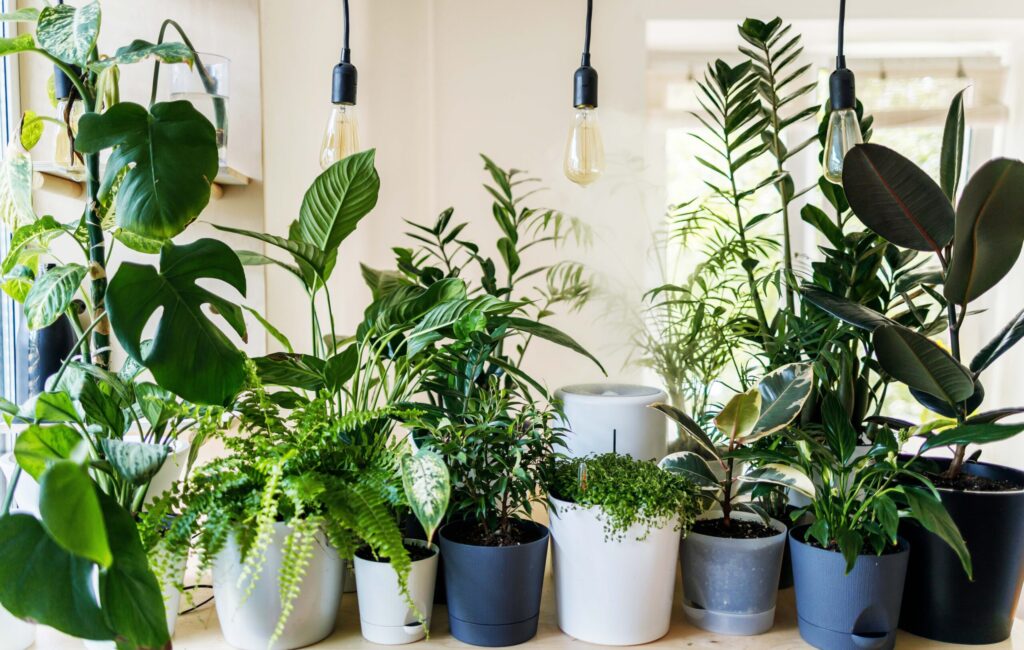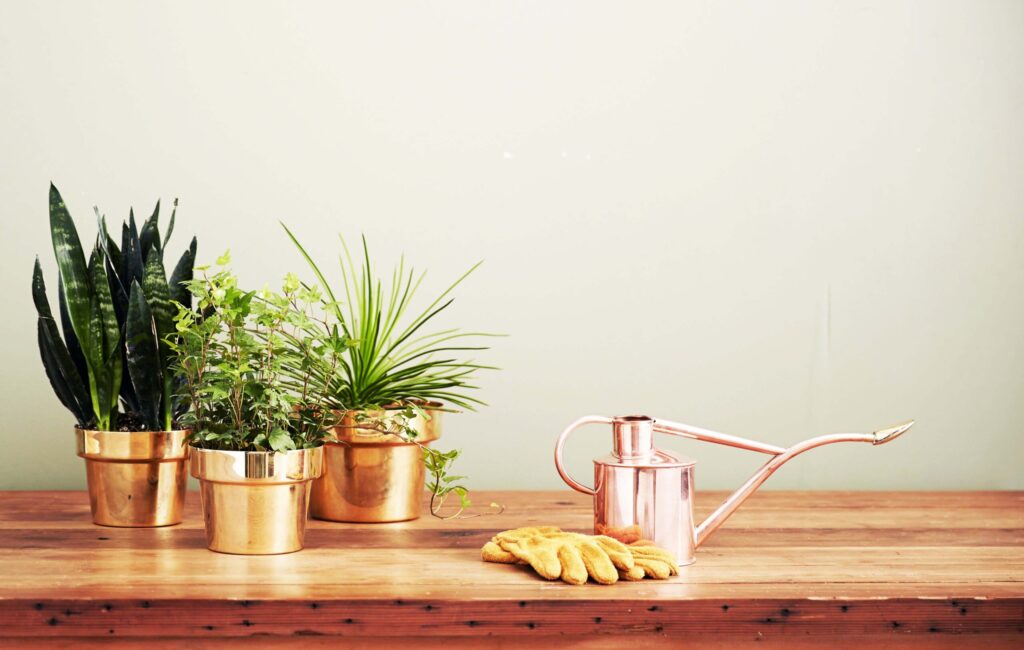 Elevate Your Well-Being with Greenery: Discover the Benefits of Indoor Plants and Herb Gardens for Improved Air Quality, Reduced Stress, and Culinary Delights
Elevate Your Well-Being with Greenery: Discover the Benefits of Indoor Plants and Herb Gardens for Improved Air Quality, Reduced Stress, and Culinary Delights
Bringing the outdoors in, and incorporating indoor plants and herb gardens into your living space is more than just a delightful aesthetic choice – it’s a decision that can significantly enhance your overall well-being.
Beyond the visual appeal they bring, these green companions offer myriad benefits, ranging from improved air quality and stress reduction to increased productivity and mood enhancement.
The lush greenery connects you with nature and serves as a source of relaxation and inspiration. Furthermore, cultivating an indoor herb garden provides a convenient supply of fresh ingredients for your culinary adventures and an opportunity for educational exploration.
Let’s explore why embracing indoor plants and herb gardens can transform your living environment into a sanctuary of health, harmony, and natural beauty.
Here are some reasons why having indoor plants is good for you:

- Improved Air Quality: Plants absorb carbon dioxide and release oxygen through photosynthesis. They can also help remove pollutants and toxins from the air, contributing to better indoor air quality.
- Stress Reduction: Spending time around nature and greenery has been linked to reduced stress levels. Indoor plants can create a calming and relaxing environment, promoting mental well-being.
- Enhanced Mood: The presence of indoor plants has been associated with improved mood and decreased anxiety and depression. The visual appeal of plants can positively impact one’s emotional state.
- Increased Productivity: Studies suggest that having plants in indoor spaces can enhance concentration and productivity. This is particularly beneficial in work or study environments.
- Humidity Regulation: Indoor plants release water vapor during transpiration, which can help regulate humidity levels in a room. This is especially beneficial in dry indoor environments.
- Herb Gardens for Fresh Ingredients: Indoor herb gardens provide a convenient source of fresh herbs for cooking. Having easy access to herbs can encourage healthier eating habits.

- Connection with Nature: Indoor plants, even in urban settings, connect to nature. Taking care of plants can foster a sense of responsibility and mindfulness.
- Aesthetic Enhancement: Indoor plants can enhance the visual appeal of your living space. They come in various shapes, sizes, and colors, allowing customization to match your decor.
- Educational Opportunities: Growing plants indoors, especially herbs, can be a learning experience. It provides an opportunity to understand plant growth, care, and the importance of sustainable living.
- Natural Fragrance: Some indoor plants, especially flowering ones, emit pleasant fragrances. This natural scent can contribute to a more inviting and enjoyable living environment.
- Sleep Improvement: Some indoor plants release oxygen at night, providing more restful sleep. The Snake Plant, for example, is known for converting carbon dioxide into oxygen during the night.
- Boosted Immune System: Exposure to indoor plants has been associated with strengthened immune systems. The positive effects on overall health may help reduce the frequency of illnesses.

TIP: Remember that the specific benefits may vary depending on the types of plants you choose and the care you provide. Whether cultivating a small herb garden in your kitchen or incorporating various indoor plants throughout your home, the overall impact on your well-being can be significant.
And, with updates in technology, there are now options for self-watering.
Did you know?
Indoor plants beautify your space and create a beneficial microclimate by releasing chemicals that can suppress airborne mold spores, contributing to a healthier indoor environment.
A little history:
The history of indoor plants traces back thousands of years to ancient civilizations where people cultivated and cherished various plant species indoors for practical and aesthetic reasons.
 In ancient Egypt, for instance, papyrus plants were grown indoors for their significance in making paper and boats. The Hanging Gardens of Babylon, one of the Seven Wonders of the Ancient World, showcased advanced horticultural techniques with various plants arranged in terraced gardens.
In ancient Egypt, for instance, papyrus plants were grown indoors for their significance in making paper and boats. The Hanging Gardens of Babylon, one of the Seven Wonders of the Ancient World, showcased advanced horticultural techniques with various plants arranged in terraced gardens.
In medieval times, monasteries had indoor gardens that included medicinal herbs. The Victorian era witnessed a surge in the popularity of indoor plants as a symbol of status and refinement, with the trend continuing into the 19th and 20th centuries.
These days, the appreciation for indoor plants has evolved, blending aesthetics with a growing understanding of their positive impact on health and well-being.


